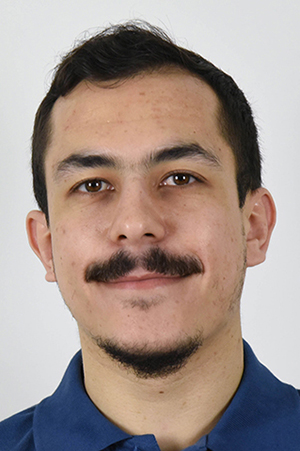Ömer Bayraktar
Born 29.9.1990 in Lünen, Germany
Experimental Physicist in Quantum Optics
Research topics: quantum optics, quantum information processing, integrated photonics, quantum technologies in space
Research experience
- 2014/03-now Doctoral student at Max Planck Institute for the Science of Light in Erlangen, Germany
- 01/2015-02/2016 Master student at Royal Institute of Technology in Stockholm, Sweden (group of Gunnar Björk)
- 08/2014-12/2014 Research intern at Royal Institute of Technology in Stockholm, Sweden (group of Gunnar Björk)
- 11/2013-06/2014 Student research assistant at Max Planck Institute for Quantum Optics in Garching, Germany (group of Gerhard Rempe)
- 07/2013-09/2013 Research intern at Centre for Quantum Technologies in Singapore (group of Rainer Dumke)
Education
- 2014-2016 Master of Science in Engineering Physics, Kungliga Tekniska Högskolan, Sweden; Thesis: "Quantum-polarization state tomography" (with Prof. Gunnar Björk)
- 2013-2016 Master of Science in Condensed Matter Physics, Technische Universität München, Germany
- 2010-2013 Bachelor of Science in Physics, Technische Universität Dortmund, Germany; Thesis on exciton-polariton condensates (with Prof. Manfred Bayer)
- 2010 Abitur (final high school exam) at Gymnasium Lünen-Altlünen, Germany; final grade 1.6

